The historic hotels in Dresden, described below, have prestigious 4-star or 5-star ratings. These establishments not only offer a luxurious retreat but also represent the contrary history of Dresden. Each hotel has an narrative background and impressive architecture.
However, the dark shadow of Dresden’s air raids in 1945 left these hotels in ruins. Post-1950, some underwent reconstruction, while others faced a different fate. Yet, in the aftermath of reunification, visionary owners and investors poured substantial resources into renovating these historic gems. Today, they stand as refined and distinguished accommodations in Dresden.
Despite their storied past, the cost of living in Dresden remains relatively economical compared to larger cities like Frankfurt or Köln in Germany. Consequently, the room rates at these esteemed 4-star or 5-star historic hotels in Dresden are at affordable level. Located in the city centre, these hotels are close to major historical sites, ensuring travellers enjoy great convenience.
- Steigenberger Hotel de Saxe, Neumarkt 9, Altstadt, Dresden, Germany
- Schloss Hotel Dresden Pillnitz, August Bockstiegel Str. 10, Loschwitz, Dresden, Germany
- Hotel Gewandhaus Dresden, Ringstrasse 1, Altstadt, Dresden, Germany
- Hotel Schloss Eckberg Dresden, Bautzner Strasse 134, Loschwitz, Dresden, Germany
- Taschenbergpalais Kempinski Dresden, Taschenberg 3, Altstadt, Dresden, Germany
- Bilderberg Bellevue Hotel Dresden, Grosse Meissner Strasse 15, Neustadt, Dresden, Germany
Steigenberger Hotel de Saxe
Located right next to the iconic Frauenkirche, Steigenberger Hotel de Saxe in Dresden has an incredibly convenient location. Landmarks like the Semper Opera House, Zwinger, and the Royal Palace are all within a few minutes’ walk, making it an ideal choice for exploring the city.
The hotel’s history dates back to 1834 when Prussian entrepreneur Johann Heinrich Gerstkamp combined several buildings at Neumarkt in Dresden to create this establishment. The complex comprised three upper floors, a mezzanine, and a mansard roof. Inside, a spacious concert and ballroom welcomed guests. During its early years, the Hotel de Saxe catered mainly to wealthy visitors, and it was a gathering place for Dresden’s high society, hosting elegant ball nights and chamber music evenings.
In 1888, due to Gerstkamp’s failure to modernize and meet increasing demands, the hotel closed its doors. It was then replaced by a stately residential and commercial building featuring a Neo-Baroque sandstone façade. Following the war, the area remained undeveloped until the 1990s, serving as a repository for the stones of the Frauenkirche. In 2003, an investor decided to reconstruct the hotel with the façade from the 1888 building, aiming to capture the 19th-century square’s charm.
Today, the Steigenberger Hotel Group manages the hotel, offering a blend of historical elegance and modern comforts.
Schloss Hotel Dresden Pillnitz
The Schloss Hotel Dresden Pillnitz is within the Pillnitz castle complex, nestled near the summer residence of King Friedrich August I of Saxony. This hotel is an integral part of one of Europe’s most beautiful palaces. The baroque charm of Friedrich August I’s residence in Pillnitz includes its breathtaking gardens, picturesque Elbe river views, and timeless architecture, all contributing to a magical atmosphere.
The guests of the castle hotel can enjoy excellent service, experience pure relaxation in a tranquil setting, explore the unique and picturesque Baroque architecture situated right on the banks of the Elbe, and savor a variety of culinary options.
After sightseeing in Dresden, consider taking a Elbe River Cruise back to the Pillnitz castle hotel instead of relying on public transportation. This leisurely cruise spans several hours, offering an experience well worth the investment.
Hotel Gewandhaus Dresden Autograph Collection
The Hotel Gewandhaus, originally a garment house, locates Dresden’s city center. Erected between 1768 and 1770, this historic structure has evolved from its garment house roots to become a charming hotel since 1967.
Reflecting a mix of Rococo and early Classicism, the three-story building features facades decorated with subtle pilaster strips. Symmetrically aligned rows of windows grace the front, neatly grouped into five sections. The ground floor has large arched windows, while the central section is a triangular gable with an oval window and a coat of arms positioned above the entrance.
In the early 1920s, city councilor Paul Wolf orchestrated a transformation, converting the building into Dresden city bank. Unfortunately, the ravages of the air raids in February 1945 left this centrally located structure in ruins. Between 1964 and 1966, the external reconstruction took place. The Hotel Gewandhaus Dresden, now a five-star accommodation, officially joined the esteemed Seaside Hotel German group on April 2, 2015.
Hotel Schloss Eckberg Dresden
The story of Hotel Schloss Eckberg Dresden began in 1858 when the enterprising merchant Johann Daniel Souchay, hailing from Manchester, acquired the “Eckberg” vineyard. In the years that followed, the castle, park, and nearby buildings were developed, leading to the construction of an English mansion in the Neo-Gothic style.
Following Souchay’s passing in 1871, the property changed hands multiple times under the stewardship of his heirs. Fast forward to 1925, Ottomar Heinsius von Mayenburg, a new owner and the mastermind behind the aluminum tube and “Chlorodont” toothpaste, wielded his wealth to transform Schloss Eckberg into a manifestation of his lifelong dream.
The saga took a different turn in 1952 with the expropriation of the Mayenburg family. Subsequently, Schloss Eckberg played diverse roles, morphing into a dormitory, then a trade union school, and later serving as a hub for electronic parts manufacturing. In 1990s, East Germany rediscover its historical legacy, leading to renovations. Schloss Eckberg found a new purpose as the Youth Tourist Travel Association.
Post-German reunification, the von Mayenburg family reclaimed ownership, only to later sell the property to a Munich-based company. Between 1996 and 1997, extensive renovations and expansions reshaped the castle, adjoining buildings, and garden, and transformed it into a luxurious hotel.
Hotel Taschenbergpalais Kempinski Dresden
The Hotel Taschenbergpalais Kempinski in Dresden is situated right next to the Residenzschloss and directly across from the Dresdner Zwinger. Originally built in the early 18th century during Dresden’s heyday, the Taschenbergpalais was a gift from King Augustus the Strong to his mistress Constantia von Cosel. Although it fell victim to air raids in February 1945 and remained in ruins for nearly half a century, the palace was thoroughly reconstructed from 1992 to 1995 based on its original style. Since its reopening on March 31, 1995, the hotel has received numerous prizes, including being voted the best new hotel in Germany in 1995.
The hotel complex represents the opulent Dresden baroque style on the outside, while its interior has modern design. Marking a significant milestone, the Taschenbergpalais Kempinski Dresden became the first 5-star luxury hotel in Saxony upon its reopening.
On June 4, 2009, the 44th President of the United States, Barack Obama, spent the night at the Hotel Taschenbergpalais during a visit to central Germany. The hotel has also hosted other prominent political figures such as Vladimir Putin, Jacques Chirac, Queen Beatrix of the Netherlands, Prince Albert II of Monaco, and various renowned artists.
The Bilderberg Bellevue Hotel Dresden
The house served various purposes such as a living, brewing, and malt house until 1733. After that, it came under the ownership of the Saxon Court, undergoing conversion into a law firm. From 1736 onwards, the Baroque building primarily housed ministries, including the Ministry of Justice, the state government, and state administration.
Remarkably, it survived air raids in February 1945 and, from 1950 to the early 1980s, served various functions. Extensive reconstruction occurred between 1982 and 1985, elevating the hotel to international standards with added wellness and congress areas. The garden now features Neo-Baroque elements and cherry trees.
The Hotel Bilderberg Bellevue opened simultaneously with the Dresden Semperoper’s reopening on February 13, 1985. It primarily targeted visitors from Western countries, while East German citizens, except for notable politicians, sports figures, and cultural personalities, were usually unable to stay overnight.
Towards the end of 1989, several significant political events were held in the hotel. Notably, part of the reunification negotiations between the Prime Minister of the GDR, Hans Modrow, and Chancellor Helmut Kohl took place here. The Hotel Bellevue later became Bilderberg Bellevue Hotel Dresden.
Travel tips
Dresden, in general, is an underrated gem in Germany, Europe. After spending several days there, I highly recommend exploring this city, especially if you’re in the vicinity of Berlin or Prague. Dresden serves as an excellent base for various day trips, and its historic hotels are more than just accommodations—they are historical landmarks. Staying a couple of nights in these hotels is sure to provide a memorable and enriching experience.
Now, in which historic hotels in Dresden would you like to stay if you plan to visit Dresden?
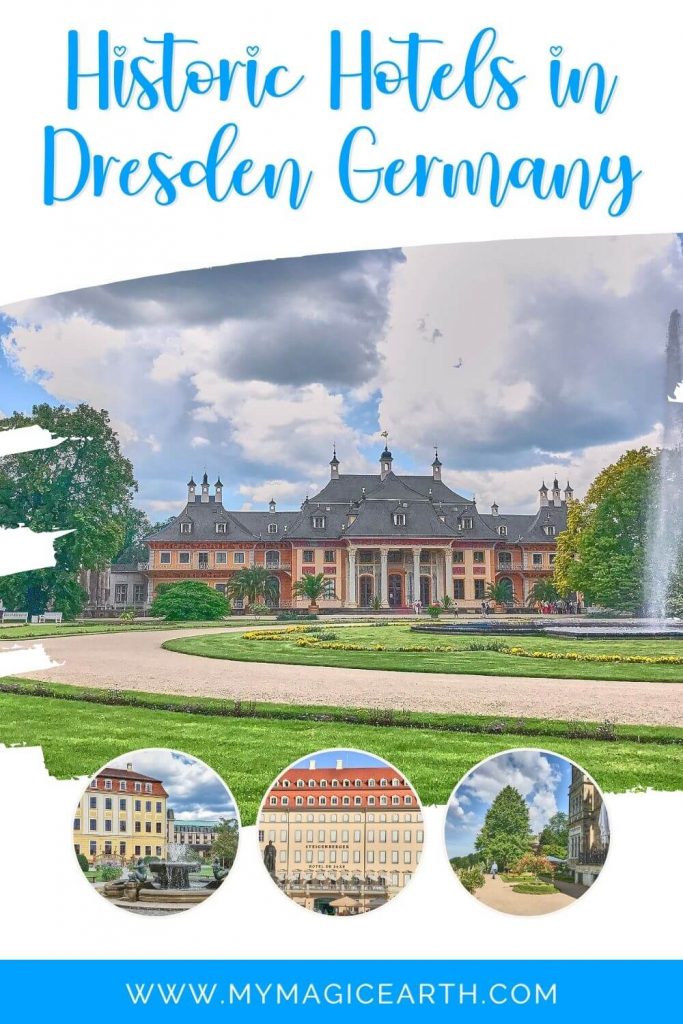



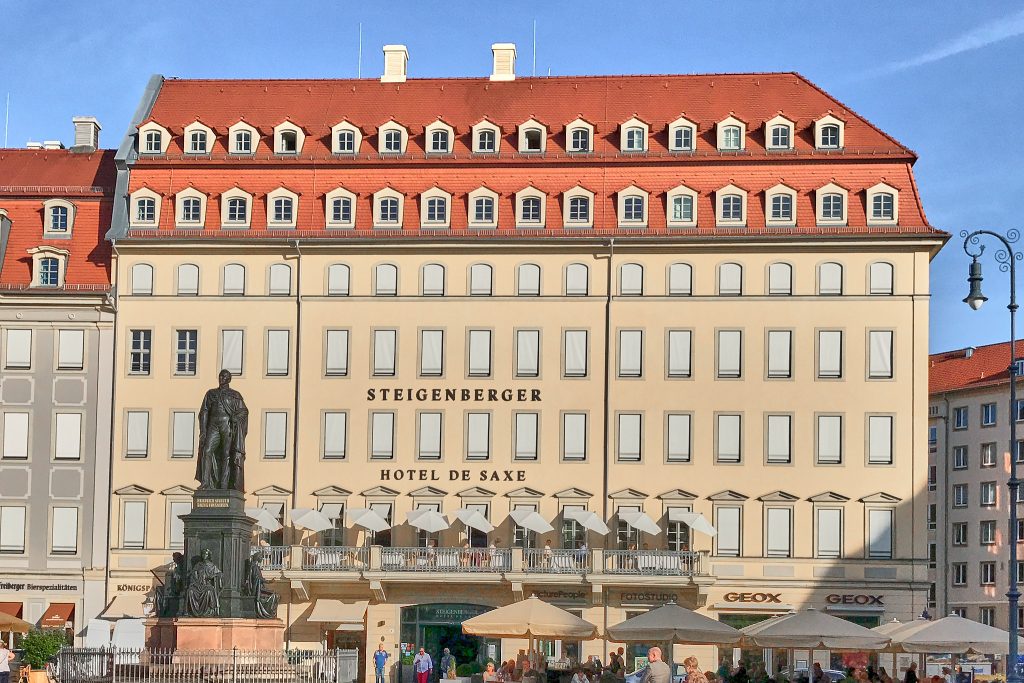
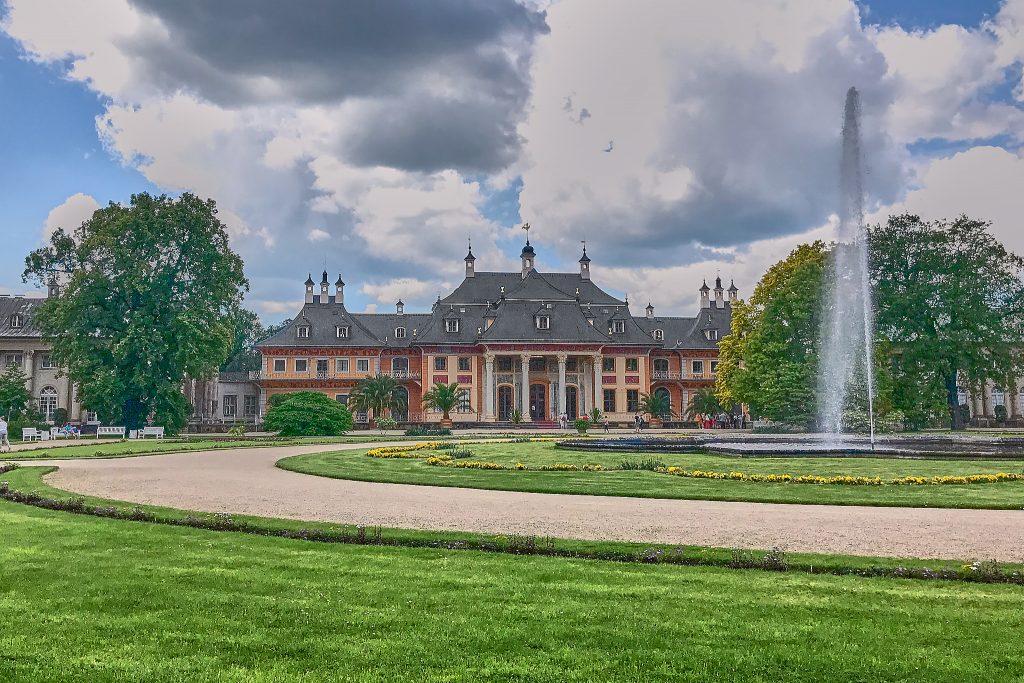
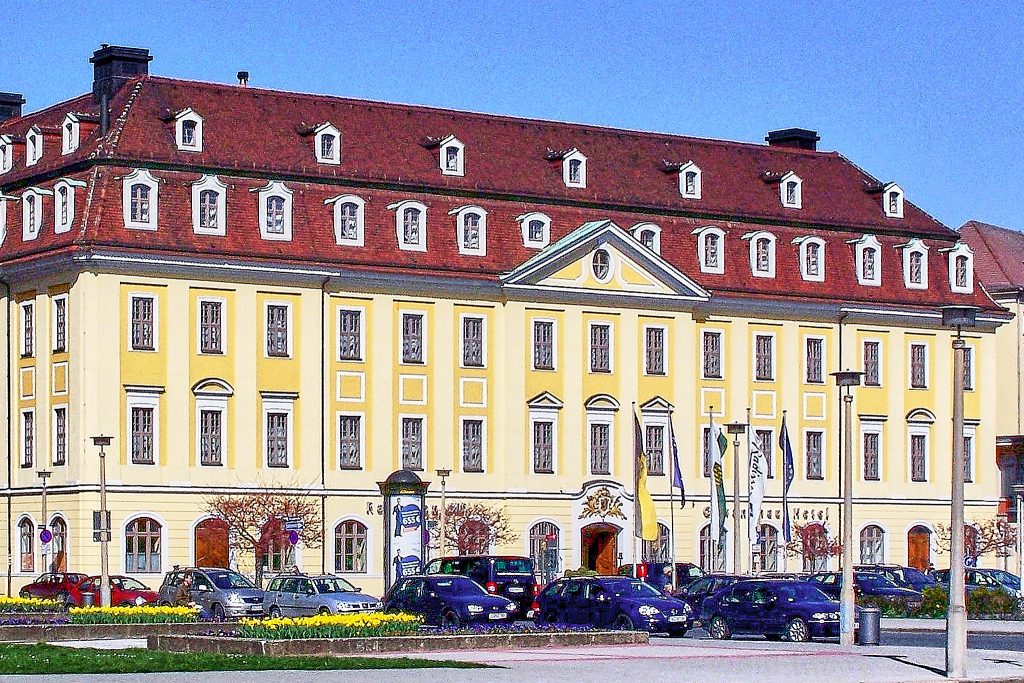
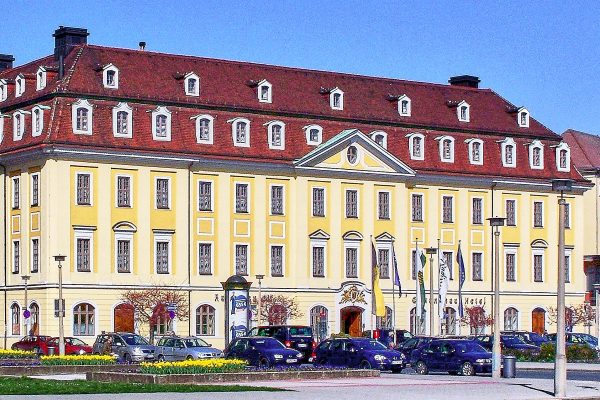
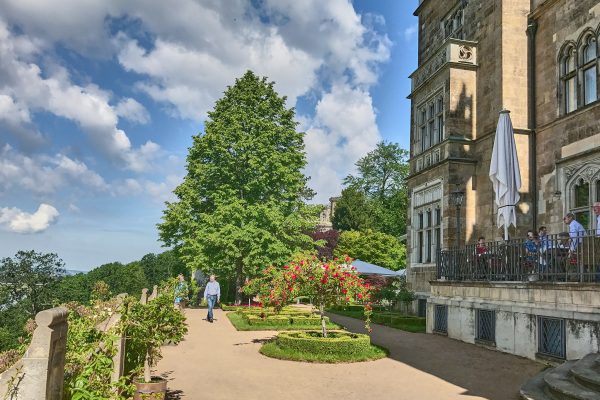
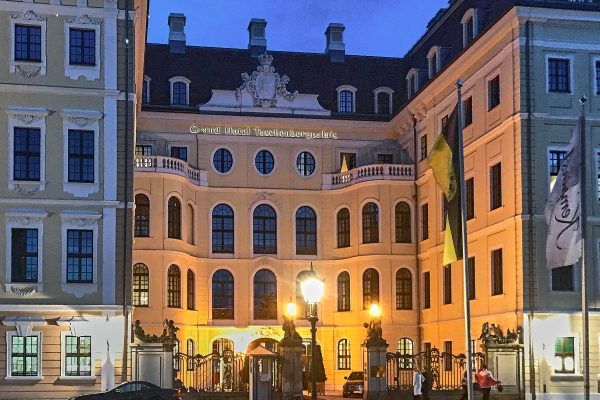
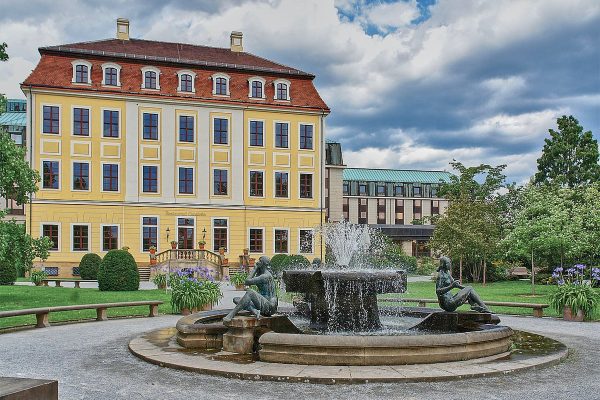
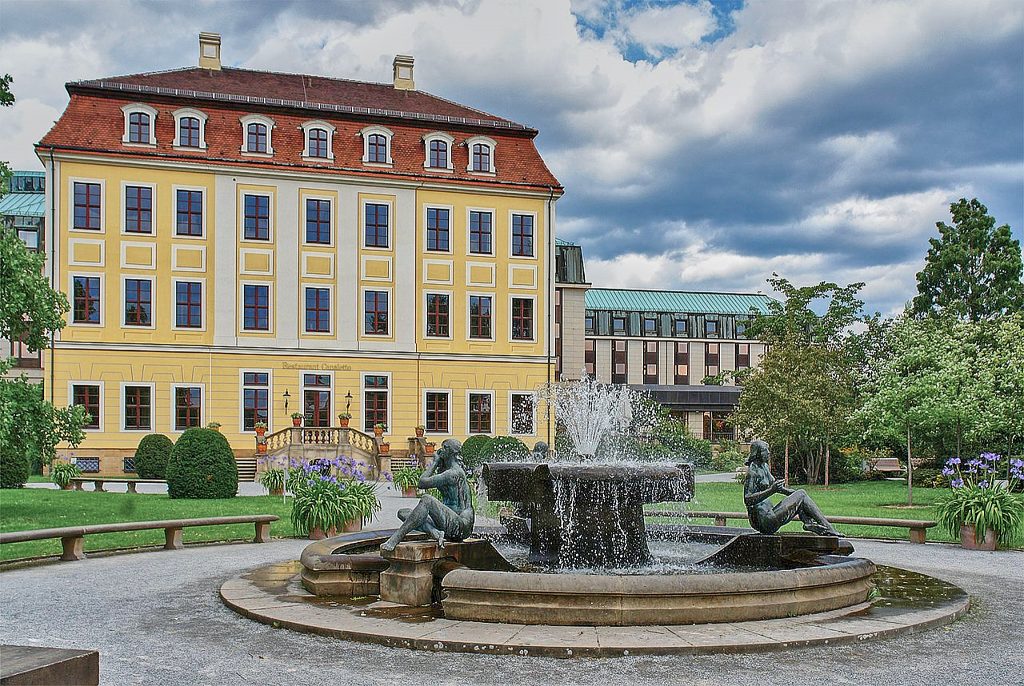
These certainly are all very interesting historic locations. How neat to be able to check out one of these places when traveling.
I really appreciate how you have detailed about each and every historically significant hotels in Dresden. Among all of them, I would love to stay in Schloss Hotel Dresden Pillnitz. I am intrigued by the idea that I am staying in a part of the Pillnitz Castle Complex. How cool is that! This is surely going to be in my list now.
I sure would not mind a princely experience in one of these. They really have interesting histories. The Hotel Schloss Eckberg Dresden particularly had an interesting one. From a vineyard to palace to the german war and later a hotel…now that is quite a journey. Am sure they have memoirs of these within and that is good enough for me to try out the place.
If it was not for this post I would have never thought of exploring Dresden I must be honest as it’s not that promoted vs some of the other more popular cities. Some great accommodation as you had rightly said but not at unaffordable prices. One of my favourites would be without a doubt the Steigenberger Hotel de Saxe. The architecture and the central location makes it my choice and close proximity to the places to visit. There is a great choice I must say. Thanks for sharing.
Each of these hotels in Dresden looks absolutely amazing. I especially like the sound of Schloss Hotel Dresden Pillnitz with the gardens, river, and royalty. But, the Hotel Taschenbergpalais Kempinski looks equally impressive. I’d say there’s not a bad choice in this selection–I’d be happy to stay at any one of them! Plus, I’ve developed a taste for 4- and 5-star hotels with a historic feel so this selection will come in handy whenever I visit Dresden. Thanks!
Hi Jackie,
Thanks for the comments! You would love this city as well.
Mijia
These historical hotels look so beautiful. Staying here must be quite an experience. The Schloss Hotel Dresden Pillnitz looks amazing with great vintage architecture. It’s interesting to read that the Westin Bellevue Dresden still stands tall after the air raids.
To be honest, Dresden has never been on my list in Germany to visit, I think you have just changed my mind. The hotels look amazing and the history that goes with them is just what I like to learn when I stay at a historical hotel or in a historical town like Dresden. I have a hard decision on which hotel to stay in when I visit.
Hi Jane,
Same to me. Though I have been living in Germany many years, I had never considered a trip to Dresden. My trip has also changed my view. And for sure I will be back soon.
Thanks for the comments.
Mijia
Such a beautiful place! Wow! I love all the European buildings and the atmosphere here. I haven’t been in Germany in a while.
These hotels are all so beautiful! I love the architecture of the Hotel Taschenbergpalais Kempinsk and the gardens at the Westin Bellevue. However, the Eckberg Castle looks like a dream! How cool to be able to actually stay there. It is gorgeous! I will have to put it on my list for my next trip to Germany.
I knew Dresden was heavily bombed during WWII and for that fact I’ve never thought much about visiting as I love the old. Great to see how they’ve used these hotels in the past and that some have been renovated to reflect their original allure. Have worked in student dormitories management for a long time, my students would have loved to living in a place like the Eckberg Castle.
Hi Maureen,
I have been living in Germany for so many years and also never thought of going there. My trip to Dresden has changed my view of the area. I will sure to plan another trip there soon.